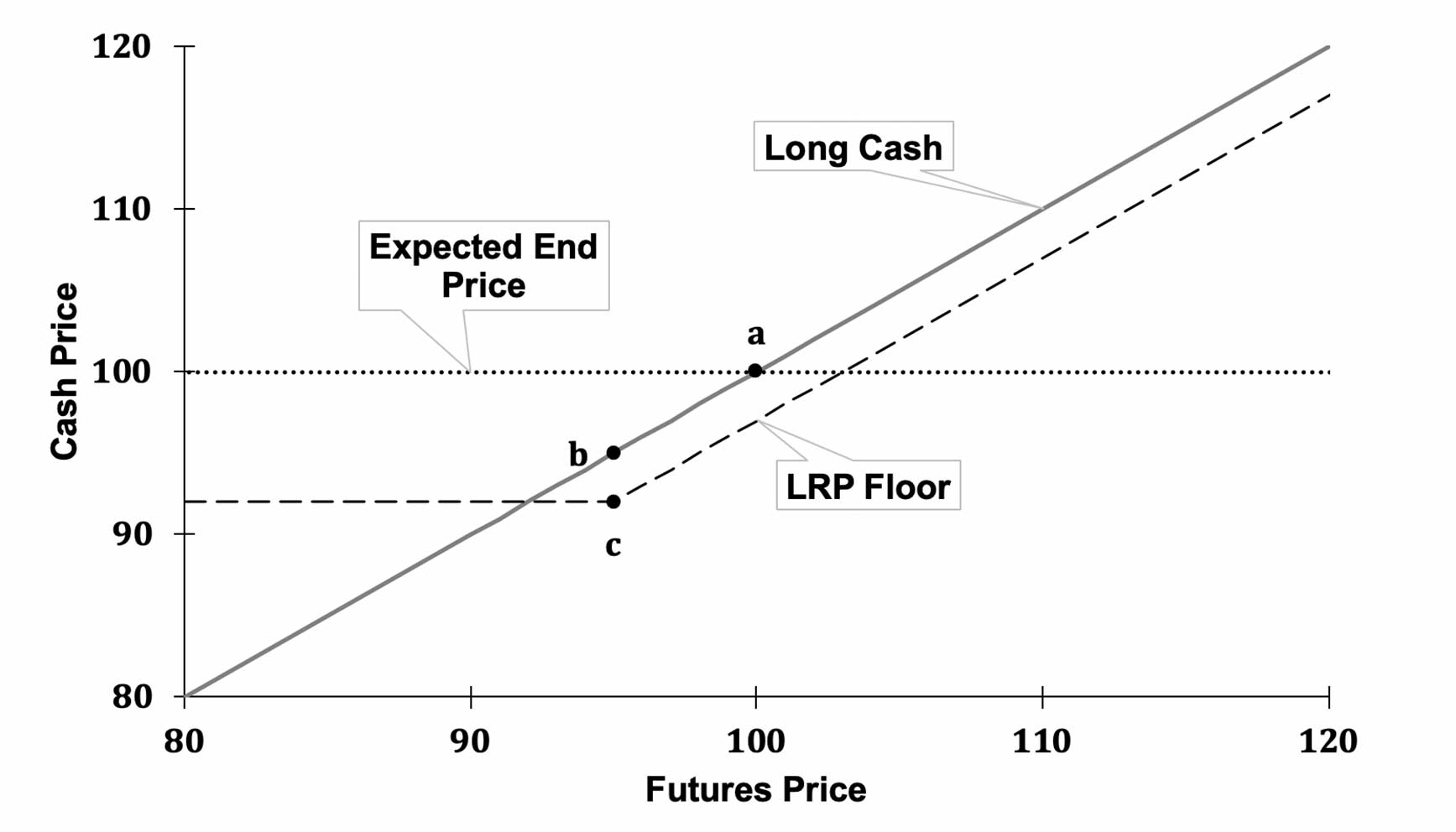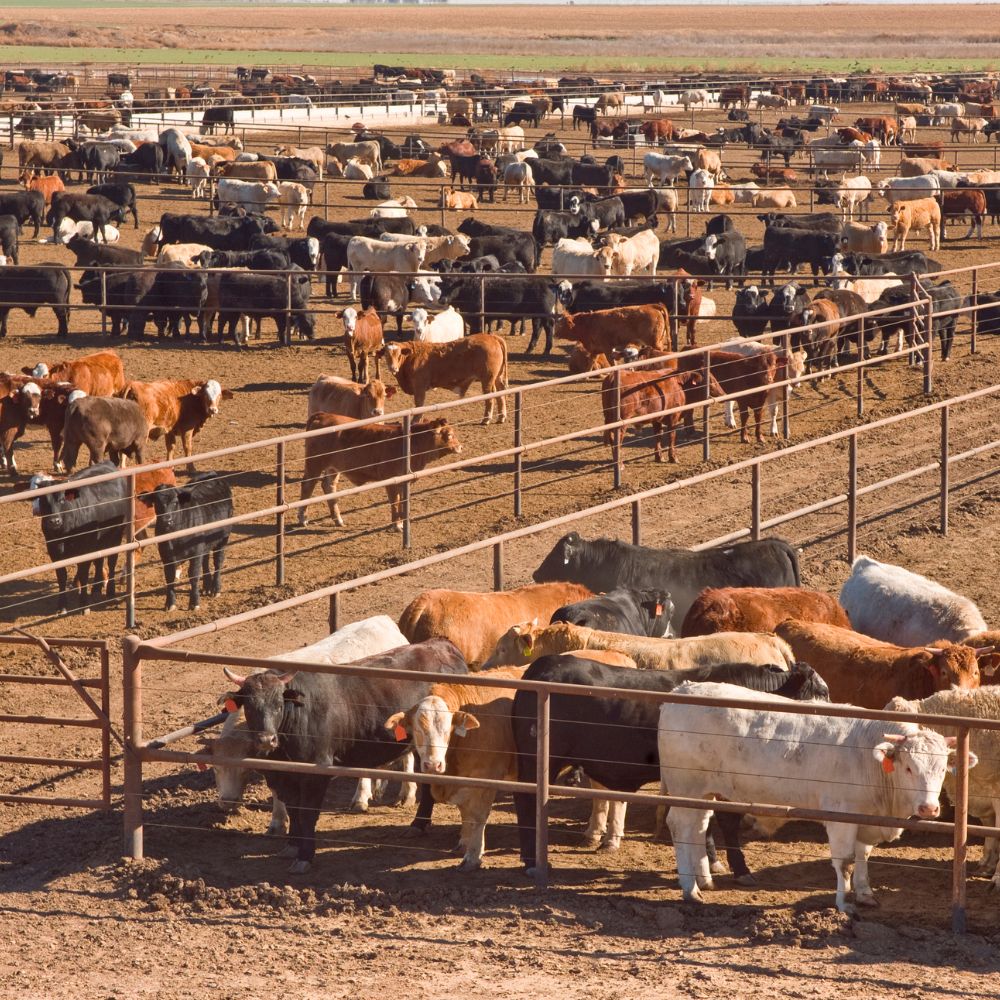Comprehending Livestock Danger Defense (LRP) Insurance: A Comprehensive Overview
Browsing the realm of livestock threat security (LRP) insurance can be an intricate endeavor for lots of in the agricultural field. This kind of insurance coverage provides a safeguard versus market changes and unpredicted situations that can impact animals producers. By recognizing the intricacies of LRP insurance, manufacturers can make informed decisions that may guard their procedures from financial dangers. From just how LRP insurance policy functions to the different insurance coverage alternatives readily available, there is much to uncover in this extensive overview that could possibly form the means animals manufacturers come close to threat management in their companies.
.png)
How LRP Insurance Policy Functions
Sometimes, comprehending the auto mechanics of Livestock Danger Protection (LRP) insurance policy can be complicated, but breaking down exactly how it works can give clearness for ranchers and farmers. LRP insurance is a threat management device developed to protect animals producers versus unexpected rate declines. The plan permits producers to establish a coverage degree based upon their specific demands, picking the variety of head, weight array, and protection rate. Once the plan remains in area, if market value drop listed below the coverage cost, manufacturers can sue for the distinction. It is necessary to note that LRP insurance policy is not a revenue assurance; rather, it focuses exclusively on price danger defense. The insurance coverage period usually varies from 13 to 52 weeks, giving flexibility for producers to select a period that straightens with their manufacturing cycle. By making use of LRP insurance policy, herdsmans and farmers can minimize the economic risks related to rising and fall market value, making certain higher stability in their procedures.
Eligibility and Protection Options

When it comes to coverage alternatives, LRP insurance policy offers producers the adaptability to pick the coverage level, insurance coverage period, and endorsements that finest match their threat management requirements. Protection degrees typically range from 70% to 100% of the anticipated finishing value of the insured livestock. Manufacturers can likewise choose insurance coverage durations that align with their production cycle, whether they are insuring feeder cattle, fed livestock, swine, or lamb. Endorsements such as cost threat protection can even more personalize insurance coverage to shield versus adverse market fluctuations. By understanding the eligibility criteria and insurance coverage options available, livestock producers can make educated choices to handle threat effectively.
Pros and Cons of LRP Insurance
When examining Livestock Risk Defense (LRP) insurance policy, it is crucial for animals manufacturers to evaluate the negative aspects and advantages fundamental in this danger administration tool.

One of the key advantages of LRP insurance policy is its ability to supply defense against a decline in animals rates. This can help secure manufacturers from financial losses arising from market variations. Furthermore, LRP insurance policy offers a level of adaptability, allowing producers to personalize insurance coverage levels and policy durations to match their specific needs. By locking in an ensured rate for their livestock, producers can much better manage risk and prepare for the future.
However, there are also some drawbacks to take into consideration. One constraint of LRP insurance policy is that it does not secure versus all types of dangers, such as disease break outs or natural disasters. Costs can in some cases be expensive, particularly for producers with big animals herds. It is critical for producers to thoroughly assess their private risk direct exposure and economic circumstance to establish if LRP insurance policy is the appropriate danger administration device for their operation.
Recognizing LRP Insurance Coverage Premiums
Tips for Making Best Use Of LRP Benefits
Maximizing the benefits of Livestock Threat Security (LRP) insurance calls for tactical planning and proactive threat administration - Bagley Risk Management. To make the many of your LRP protection, think about the following ideas:
Regularly Assess Market Conditions: Keep notified about market fads and price fluctuations in the livestock market. By keeping an eye on these see here now aspects, you can make informed choices regarding when to purchase LRP protection to safeguard against possible losses.
Establish Realistic Protection Levels: When choosing insurance coverage degrees, consider your manufacturing expenses, market worth of livestock, and possible threats - Bagley Risk Management. Setting practical coverage degrees guarantees that you are adequately shielded without paying too much for unneeded insurance policy
Diversify Your here Insurance Coverage: Rather than depending solely on LRP insurance, take into consideration expanding your threat monitoring methods. Integrating LRP with other danger management tools such as futures agreements or alternatives can supply detailed protection against market unpredictabilities.
Evaluation and Adjust Coverage Routinely: As market problems alter, periodically evaluate your LRP insurance coverage to ensure it straightens with your existing danger direct exposure. Changing insurance coverage levels and timing of acquisitions can assist enhance your risk defense technique. By adhering to these ideas, you can maximize the advantages of LRP insurance coverage and protect your animals operation versus unforeseen risks.
Verdict
Finally, animals risk defense (LRP) insurance is an important device for farmers to handle the economic risks related to their livestock procedures. By understanding exactly how LRP works, eligibility and protection alternatives, in addition to the pros and disadvantages of this insurance coverage, farmers can make informed decisions to protect their incomes. By carefully considering LRP costs and executing try this site methods to take full advantage of benefits, farmers can alleviate possible losses and make certain the sustainability of their operations.
Livestock manufacturers interested in getting Animals Threat Security (LRP) insurance coverage can check out an array of qualification standards and coverage options customized to their particular livestock operations.When it comes to protection choices, LRP insurance policy supplies manufacturers the adaptability to choose the protection level, coverage period, and endorsements that finest suit their risk administration demands.To grasp the intricacies of Animals Danger Defense (LRP) insurance coverage fully, comprehending the aspects influencing LRP insurance costs is essential. LRP insurance costs are identified by various elements, consisting of the protection level chosen, the expected cost of livestock at the end of the insurance coverage duration, the type of animals being guaranteed, and the length of the insurance coverage duration.Evaluation and Adjust Insurance Coverage Consistently: As market conditions transform, regularly assess your LRP insurance coverage to ensure it straightens with your existing threat direct exposure.